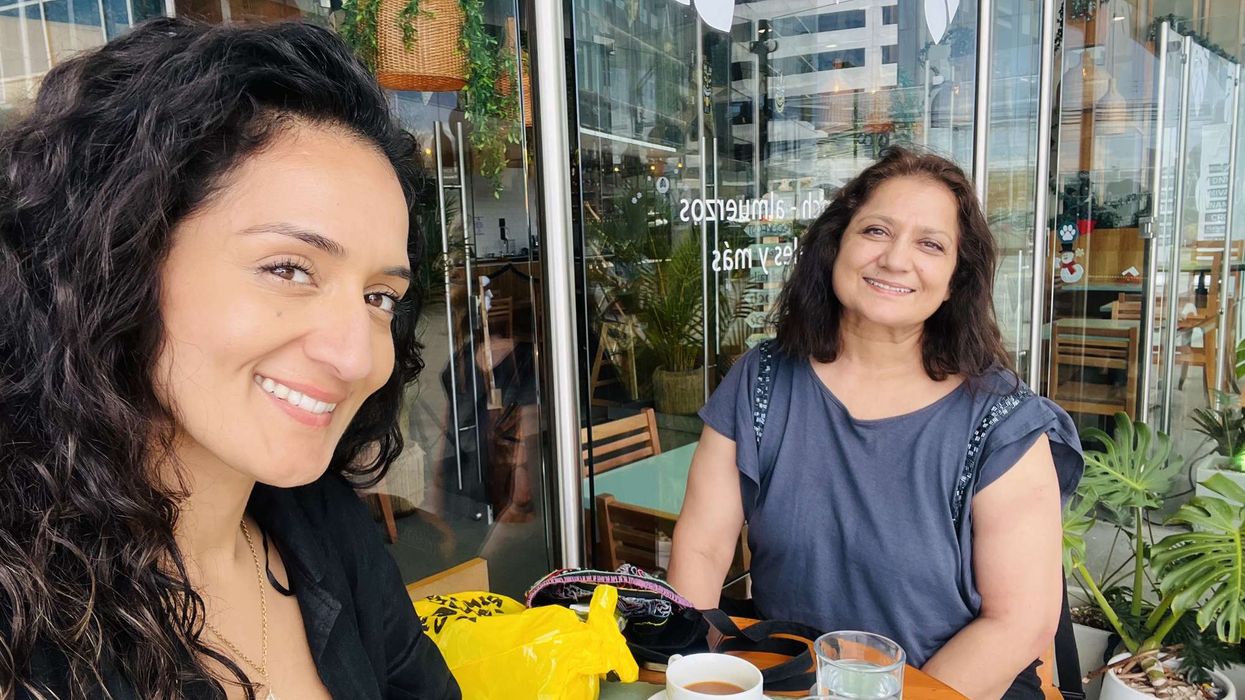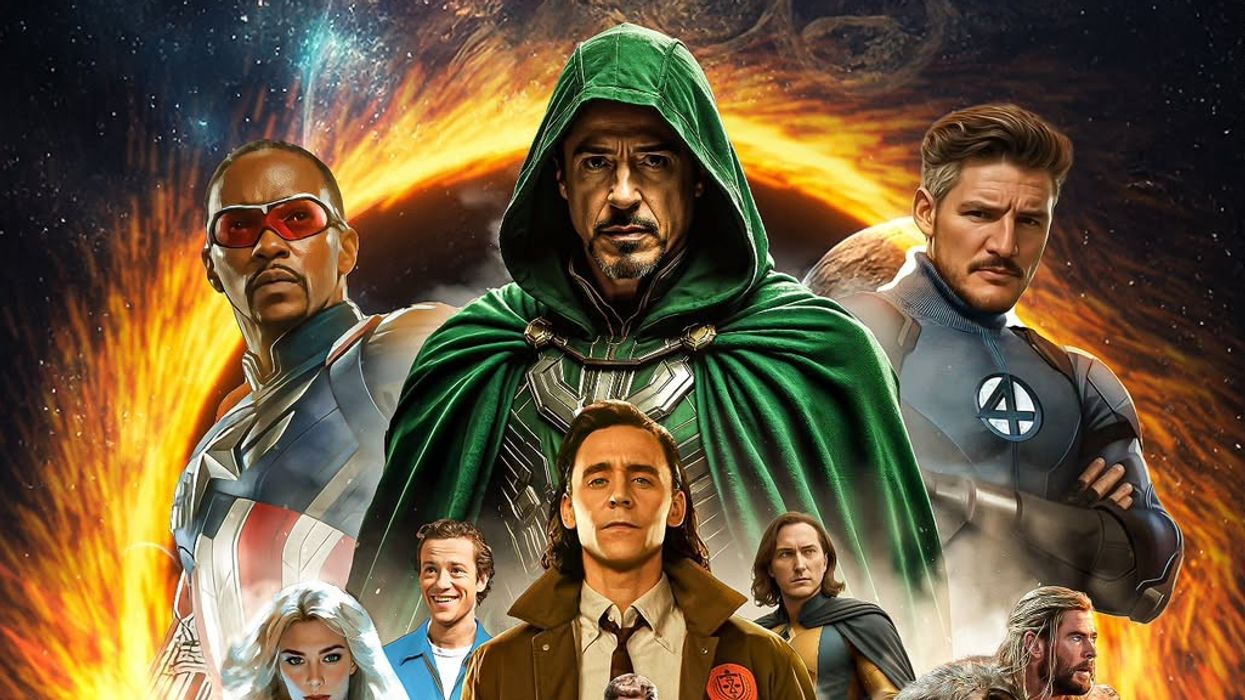by ASJAD NAZIR.
AN ALL YOU NEED TO KNOW GUIDE ABOUT THE OLDEST COMMERCIAL MUSIC GENRE IN THE WORLD.
THE oldest commercial music genre in the world, qawwali has been going strong for over
700 years and remains popular today.
A genre that was founded by a Sufi saint in the 13th century, it has survived history and branched off in different directions around the world.
With the genre still going strong, Eastern Eye went back through time to present an all you
need to know A to Z about qawwali music.
A is for Aziz Mian: The Pakistani music legend is regarded as one of the finest exponents of qawwali and was different from others because of his amazing songwriting ability. He also had a raspy voice, that was unlike other singers, and added a new dimension to the genre with his high-energy performances. But perhaps the most unique achievement of the late great star was singing the longest commercially released qawwali, Hashr Ke Roz Yeh Poochhunga, which runs slightly over 115 minutes and remains a record today.
B is for Battle: The qawwali battle sees opposing groups taking each other on in a lyrical and musical duel. These were particularly popularised in Bollywood films throughout the decades with perhaps the greatest being Barsaat Ki Raat (1960), which delivered some of the finest qawwalis in cinematic history, including the legendary duel Na Tau Karvaan Ki Talash Hai.
C is for Cover versions: There has been a number of interesting cover versions of qawwali music, which have included remixes of classics and Bollywood adaptations. Some of these include, Sabri Brothers song Bhar Do Jholi Meri being adapted in the hit Bollywood film Bajrangi Bhaijaan and their track Tajdar-e-Haram being covered by Atif Aslam on hit TV show Coke Studio.
One of 2017’s finest Bollywood songs Mere Rashke Qamar from Baadshaho was an adaptation of a classic qawwali.
D is for Dama Dam Mast Qalandar: Perhaps the most famous qawwali, pretty much every exponent of Sufi music has sung is Dama Dam Mast Qalandar. The spiritual song was originally written as a poem in honour of revered Sufi saint Shahbaz Qalandar in the 13th century by Amir Khusro Dehlavi, who is regarded as the father of qawwali music (see O).
It was later adapted in various ways and evolved over time. The modern melody was created by Pakistani composer Master Ashiq Hussain and was widely popularised by some of the greatest singers of the 20th century.
E is for English: Acclaimed Pakistani group Najmuddin/Saifuddin Qawwal group attempted a qawwali in English. Today, many of the greatest qawwalis in history are available on YouTube with English language subtitles.
F is for Fanna-Fi-Allah: Being born in Canada, Geoffrey Lyons went to India as a teenager, converted to Islam, changed his name to Tahir Faridi and dedicated his life to Sufi music. He learned qawwali under grand masters in India and Pakistan before setting up his own group Fanna-Fi-Allah. The unique qawwali band from the West has performed globally and received massive acclaim.
G is for Group: Qawwali is performed in a group, which is known as a party. It typically consists of eight or nine members including a lead singer and support vocalists. The main instrument used is a harmonium and some will have a percussionist playing a dholak.
The back-up singers also provide percussion with handclaps. The performers sit cross-legged in two rows on an elevated platform.
H is for Hollywood: Ustad Nusrat Fateh Ali Khan took qawwali into the heart of Hollywood with songs in high profile films, The Last Temptation of Christ and Dead Man Walking.
I is for International: The Sabri Brothers took qawwali to an international level with performances at prestigious venues around the world during the 1970s. This includes Carnegie Hall in 1975. Sabri Brothers helped to popularise the genre and increased the appetite for it on the live circuit. Ustad Nusrat Fateh Ali Khan (see N) would then take it to even more countries and across more frontiers.
J is for Jhankar: Qawwali is no longer just confined to Urdu, Hindi or Punjabi and has crossed other languages too. Munna Jhankar has delivered qawwali songs in Bengali, which have proven to be popular and keep clocking up views on YouTube even today.
K is for Killed: In 2016, Amjad Sabri was shot dead, aged just 45, by two men on a motorbike as he drove through a congested part of Karachi. The Taliban claimed responsibility for the killing and were condemned for their actions for robbing the world off such a great singer and musician. The popular singer hailed from a famous and well loved
Sabri musical dynasty.
L is for Live: Although many acclaimed albums have been released and songs have been performed in mediums including movies (see Z), qawwali music is at its best, live.
All singers are taught to perform live from a young age and, perhaps, have more stamina on stage than singers from other genres. The high energy performances start with an instrumental prelude before the vocals slowly commence and build up momentum as the song progresses.
Live performances will include improvisations, interplay between the vocalists, unexpected musical turns and moments of high passion.
M is for Magic Touch: The path-breaking album released by UK-based record label Oriental Star Agencies saw music producer Bally Sagoo teamup with Ustad Nusrat Fateh Ali Khan. By bridging the gap between genres and generations, the 1995 fusion album took qawwali music in a brand new direction and to new listeners. In the process, they created the urban qawwali genre, which remains popular today.
N is for Nusrat Fateh Ali Khan: The undisputed king of the qawwali genre is widely considered as one of the greatest voices in music history. With the help of UK-based Oriental Star Agencies, the singer and musician with the extraordinary range
influenced a generation of artists from a variety of genres. He took qawwali across new musical frontiers with interesting collaborations and toured globally, performing in over 40 countries.
His amazing legacy includes an incredible body of work and teaching his nephew Rahat Fateh Ali Khan, who today rules the genre.
O is for Origin: A Sufi musician, poet and scholar from Delhi, Amir Khusro Dehlavi is known as the father of qawwali and created the genre in the late 13th century by fusing Persian, Arabic, Turkish and Indian musical traditions. He taught the genre to a group of youngsters (see Y) as a way to spread the Sufi message and it quickly became popular
throughout the sub-continent.
P is for Poems: Qawwali music has largely been inspired by the works of great Sufi poets, whose written works have been used as the base for songs. The poetic quality of the lyrics has added a deep meaning to songs, which have retained a connection to their centuries-old roots.
Q is for Qawaali: The name qawwali is derived from the Arabic word qaul, which means ‘utterance’ or ‘to speak’.
R is for Rahat Fateh Ali Khan: The current qawwali king regularly plays sold-out shows around the world. He also became famous by singing Bollywood songs and in the process, drawn in a new audience to qawwali music.
The highest paid qawwali singer in the world has followed in the footsteps of his late great uncle Nusrat Fateh Ali Khan by taking the genre across new frontiers with interesting collaborations, which includes a forthcoming one with music producer Naughty Boy.
S is for Shrines: Qawwali music was originally performed at Sufi shrines, known as dargahs, throughout south Asia before gaining popularity in other areas of society including stage shows and private gatherings.
T is for Travellers: The original qawwali groups would travel and spread the Sufi message through songs. This was largely effective for those who were illiterate and would embrace the message through songs.
The formation of the music industry in the 20th century enabled the genre to travel outside South Asia and today, the groups perform globally.
U is for Ustads: Qawwali gave the world a number of grandmasters, who were known as Ustads. Some of the all time greats from the modern era in the genre include Sabri Brothers, Nusrat Fateh Ali Khan, Aziz Mian, Badar Ali Khan, Bahauddin Khan, Rizwan-Muazzam, Sher Mian Dad Khan, Faiz Ali Faiz, Rahat Fateh Ali Khan, Nizami Brothers,
Sher Mian Dad Khan, Mubarak Ali Khan, Waheed and Naveed Chisti, Sher Ali Mehr Ali and
Qari Saeed Chishti.
V is for Variations: Although qawwali music has remained largely connected to its historical roots, today, there are interesting variations.
These include cinematic adaptations, remixes, ones in different languages and lengthy songs performed live.
W is for Women: Today the genre is male dominated because, in the early days, the songs were performed in shrines where females were not allowed. Also, for centuries, women were not permitted to sing, as it was seen as dishonourable.
The modern era has seen the emergence of popular female Sufi singers like Abida Parveen
and Nooran Sisters along with professional female qawwali group Manwa Sisters.
Female qawwali singers have featured heavily in films, including the legendary battle between two groups in Mughal-e-Azam song Teri Mehfil Mein Kismat.
X is for X Factor: The immense passion generated by the singers adds the X Factor to the qawwali genre. The aim is to lead listeners to a state of ecstasy and spiritual union to a higher power.
Y is for Youngsters: When Amir Khusro Dehlavi created qawwali in 13th century India, he brought together 12 kids and personally trained them in the newly-formed genre. He named them qawwal bachche (the qawwal kids), who would later teach other aspiring youngsters.
Sons of the late great music legend Ustad Bahauddin Khan Qawwal, the Pakistan-based Najmuddin-Saifuddin Qawwal group can trace the lineage to one of the kids in the original group.
Z is for Zeenat: One of the first Bollywood films to feature a qawwali was Zeenat in 1945. The introduction into commercial Hindi cinema gave a new dimension to the genre and increased its audiences. Through Hindi cinema, qawwali music started gaining popularity. Some of the finest Bollywood qawwalis of all time include Teri Mehfil Mein Kismat (Mughal-E-Azam), Na Toh Caravan Ki Talash Hai (Barsaat Ki Raat), Parda Hai Parda (Amar Akbar Anthony), Hai Agar Dushman (Hum Kisise Kum Nahin) and Kun Faya Kun (Rockstar).
- Special thanks to Muhammad Ayyub MBE.
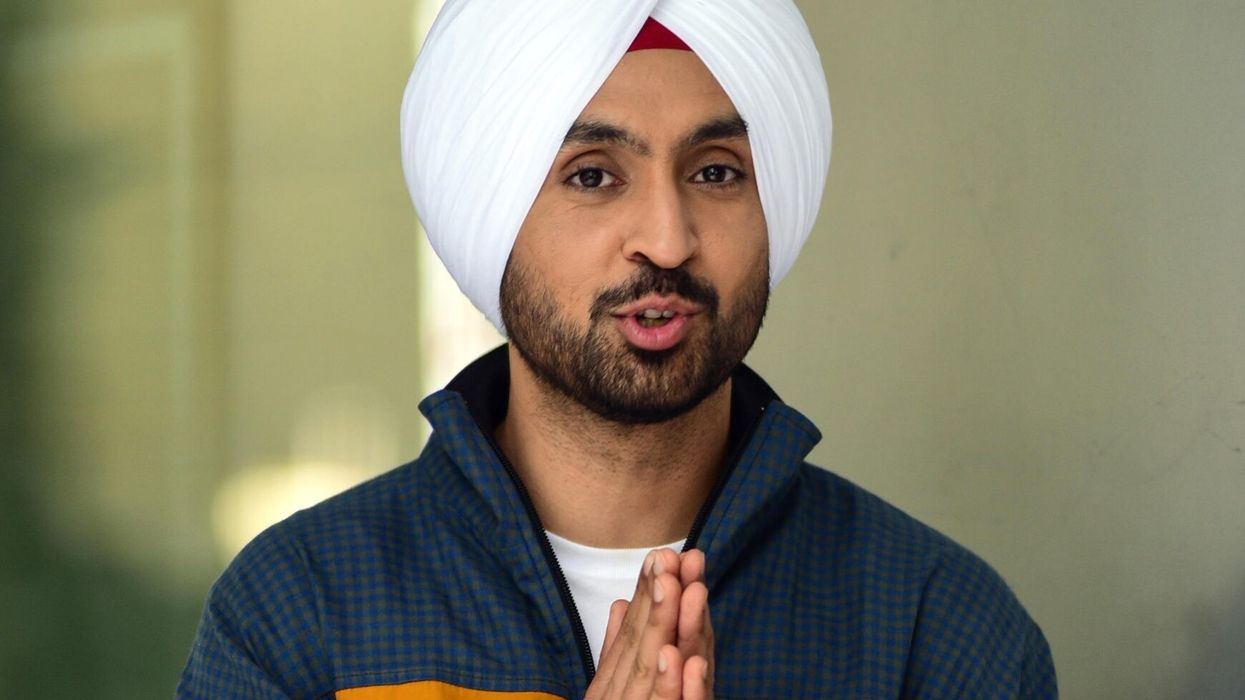
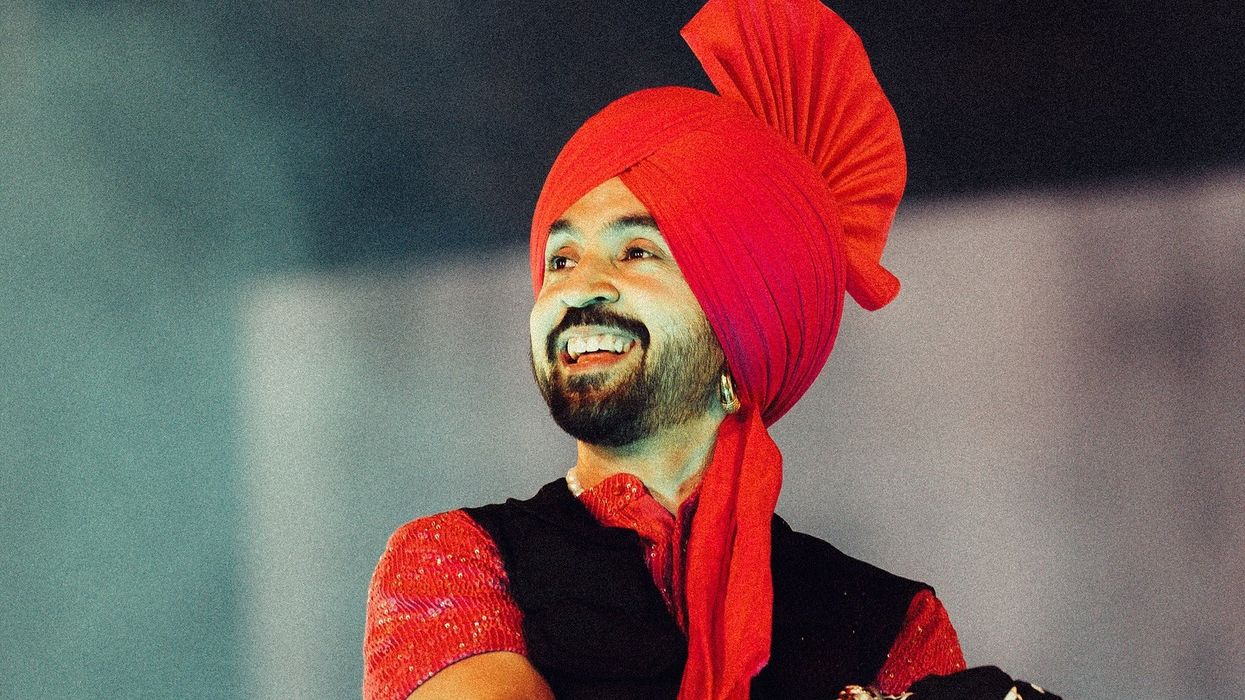

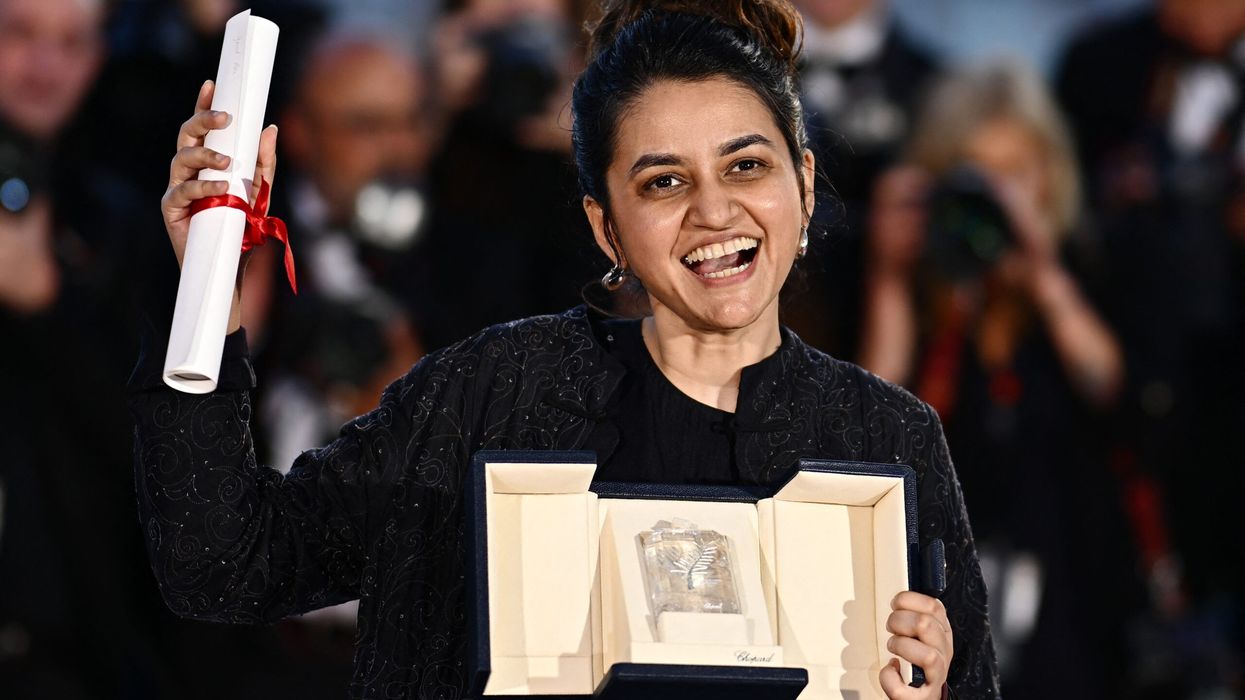

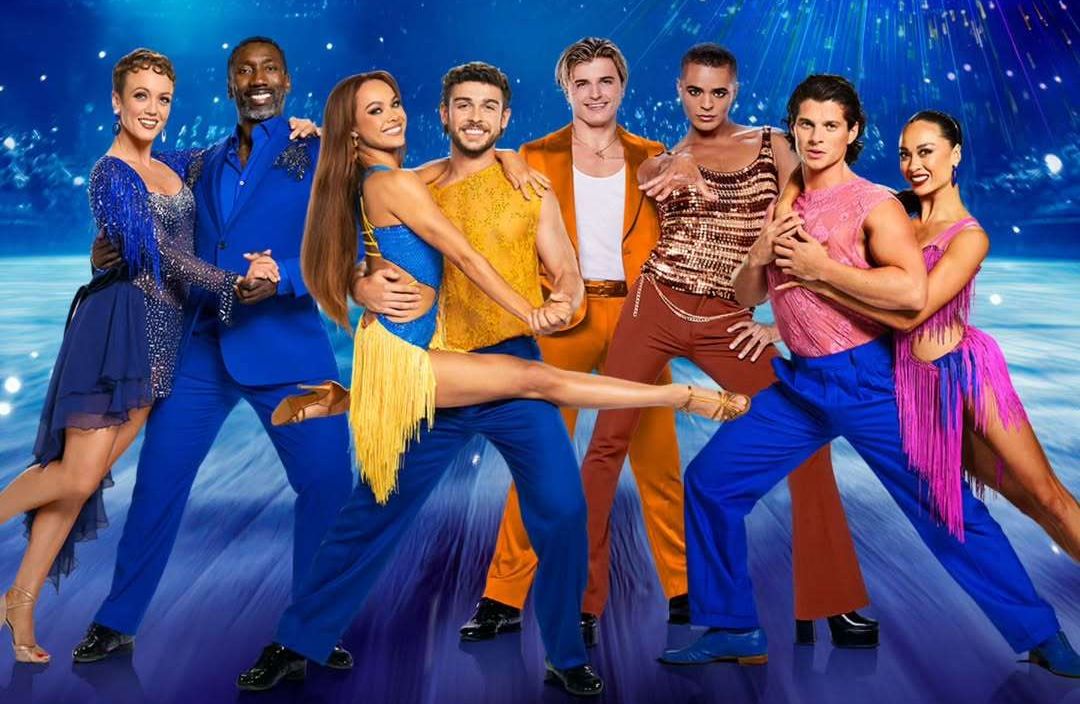 Lewis Cope confirmed for Strictly Come Dancing UK tour weeks after elimination Instagram/strictlycomedancinglive
Lewis Cope confirmed for Strictly Come Dancing UK tour weeks after elimination Instagram/strictlycomedancinglive 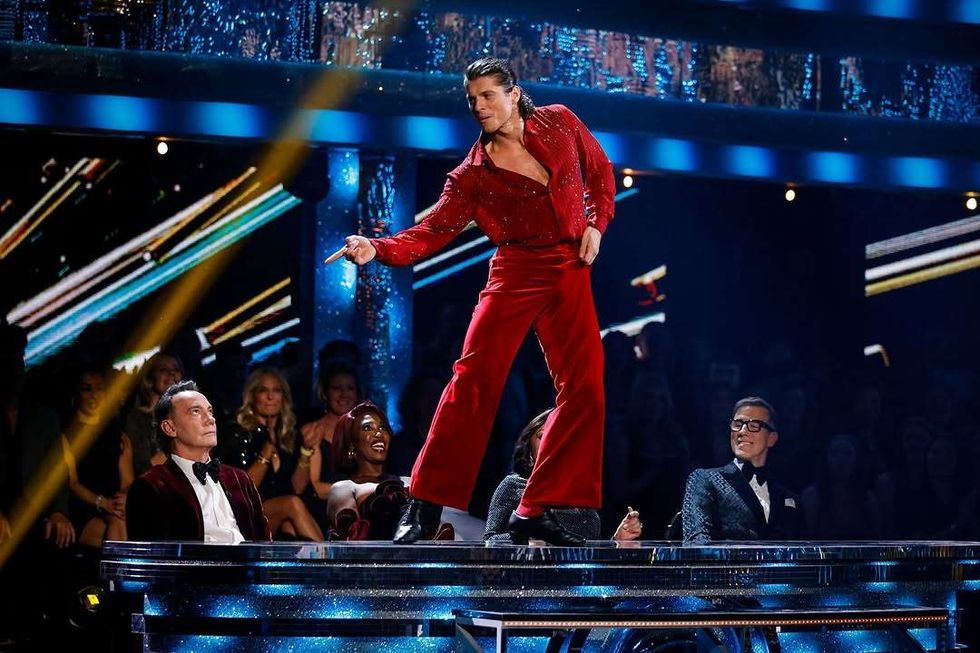 Lewis Cope to return to the Strictly Come Dancing stage for the 2026 live UK tour Instagram/lewiscope
Lewis Cope to return to the Strictly Come Dancing stage for the 2026 live UK tour Instagram/lewiscope 